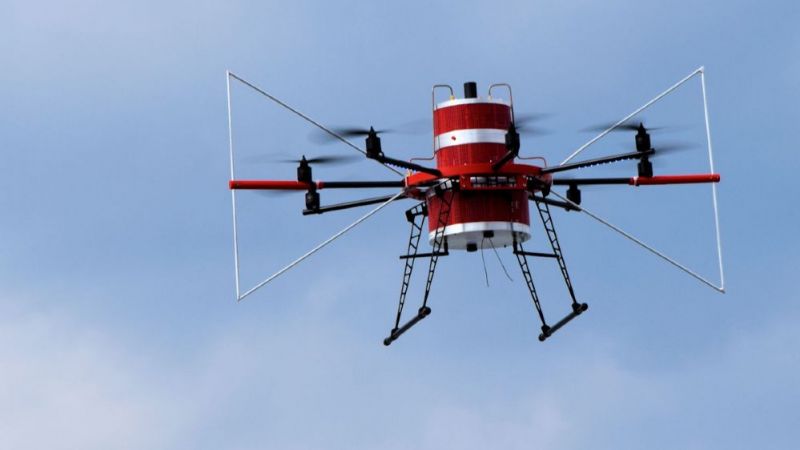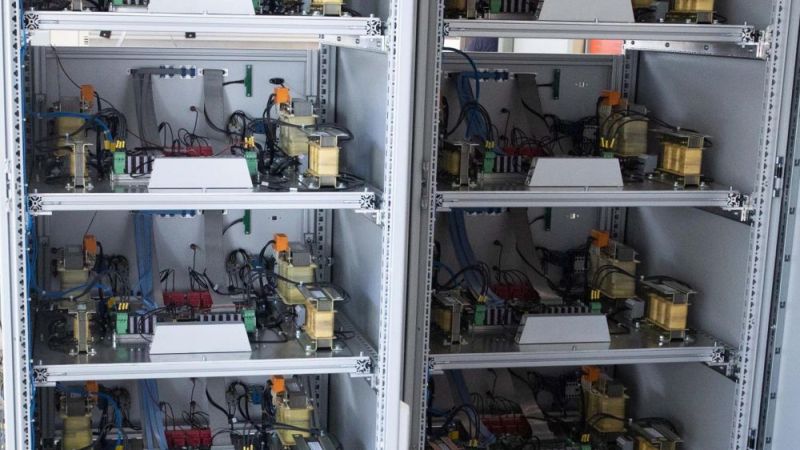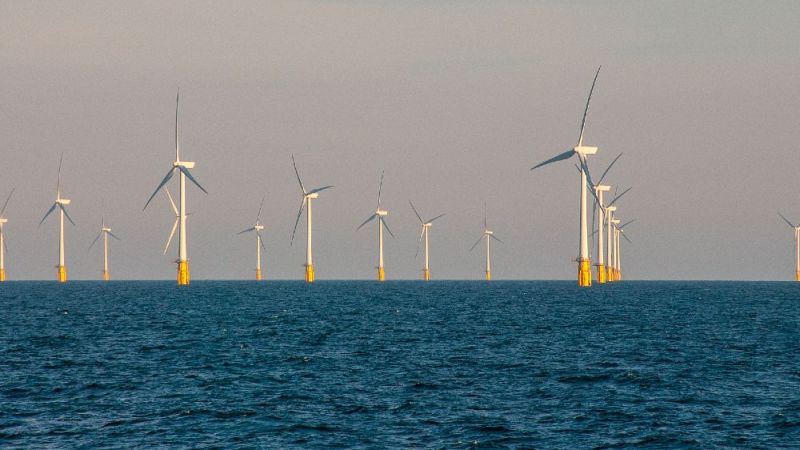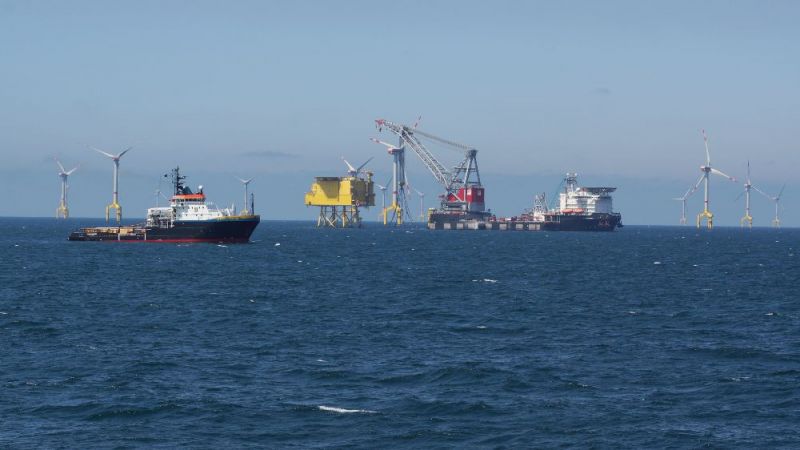Wind power
Research projects create space for additional wind power
The German government has decided to reduce the protection radius around air traffic control facilities from 15 to 7 kilometres. This was made possible by findings from the WERAN and WERAN plus research projects.
Omnidirectional radio range beacons send out radio signals that aircraft use to orient themselves. Previously, a turbine protection zone of 15 kilometres applied here, within which building permit applications for new wind turbines had to be evaluated. Based on the findings from the two WERAN research projects, this practice is now being abandoned. Under the leadership of the Physikalisch-Technische Bundesanstalt (PTB), the scientists have developed a precise prediction method to predict the effect of various obstacles on the radio signals. The tangible result: The radio signals are safely relayed to air traffic even when the distance to newly constructed wind farms is shortened to 7 kilometres.
New areas for around 5 gigawatts of additional wind capacity
The German government has now used these findings as the basis for a new package of measures. In April 2022, the German Federal Ministry for Economic Affairs and Climate Action (BMWK) and the Federal Ministry for Digital and Transport (BMDV) had agreed to review the protection areas of air navigation facilities on the basis of the scientific knowledge gained. This has now been done. Since 1 August 2022, German air navigation services now have the concrete option of re-evaluating the facility protection areas of the omnidirectional radio range beacons and determining whether they can be reduced to the radius of 7 kilometres proposed by PTB. In future, air traffic control aspects only have to be taken into account within this radius for new construction projects for wind turbines.
The additional areas therefore create a combined potential for 5 gigawatts of additional wind energy capacity in the short term, and currently blocked construction projects can be completed. "This is an important push for the expansion of onshore wind power", says Federal Minister for Economic Affairs Dr Robert Habeck, summing up the benefits of the results. "We are opening up more areas for the expansion of onshore wind through modern and smart rules. This is more important today than ever before. We have to put all our efforts into the expansion of renewables in order to free ourselves from the clutches of Russian imports as quickly as possible."
Years of research enables precise forecasts
Within the two research projects WERAN and WERAN plus funded by the BMWK, the collaborative partners systematically examined and validated the interaction of wind turbines and omnidirectional radio range beacons since 2013. One focal area, for example, was to record the signals in the airspace with suitable on-site measurement technology. The simulation of radio signals and their interactions was another key topic. There was good correlation between on-site measurements and simulations, which increased confidence in the results.
Most recently, the scientists developed a forecast procedure that allows them to precisely predict the interaction of the omnidirectional radio range beacons with new wind turbines. Other so-called interferers, such as buildings, trees, high-voltage lines or existing wind turbines can also be identified and their interference potential determined.
WERAN-plus team of scientists developed a “clutter map”
The collaborative partners use this data to create a clutter map: a map into which the team can insert new construction projects, such as wind turbines, and interpret the interaction of all the constituents. "Thanks to the knowledge gained from the two projects, it is now possible to describe the effect of obstacles on the signals of omnidirectional radio range beacons in space much more precisely", explains Director and Professor Dr Thorsten Schrader from PTB. He adds that the safety of flight operations would also be increased because all obstacles would now be taken into account by the clutter map. For him, it has always been important to show that the expansion of wind energy in the vicinity of omnidirectional radio range beacons is possible without impacting flight safety. (mb/it)











